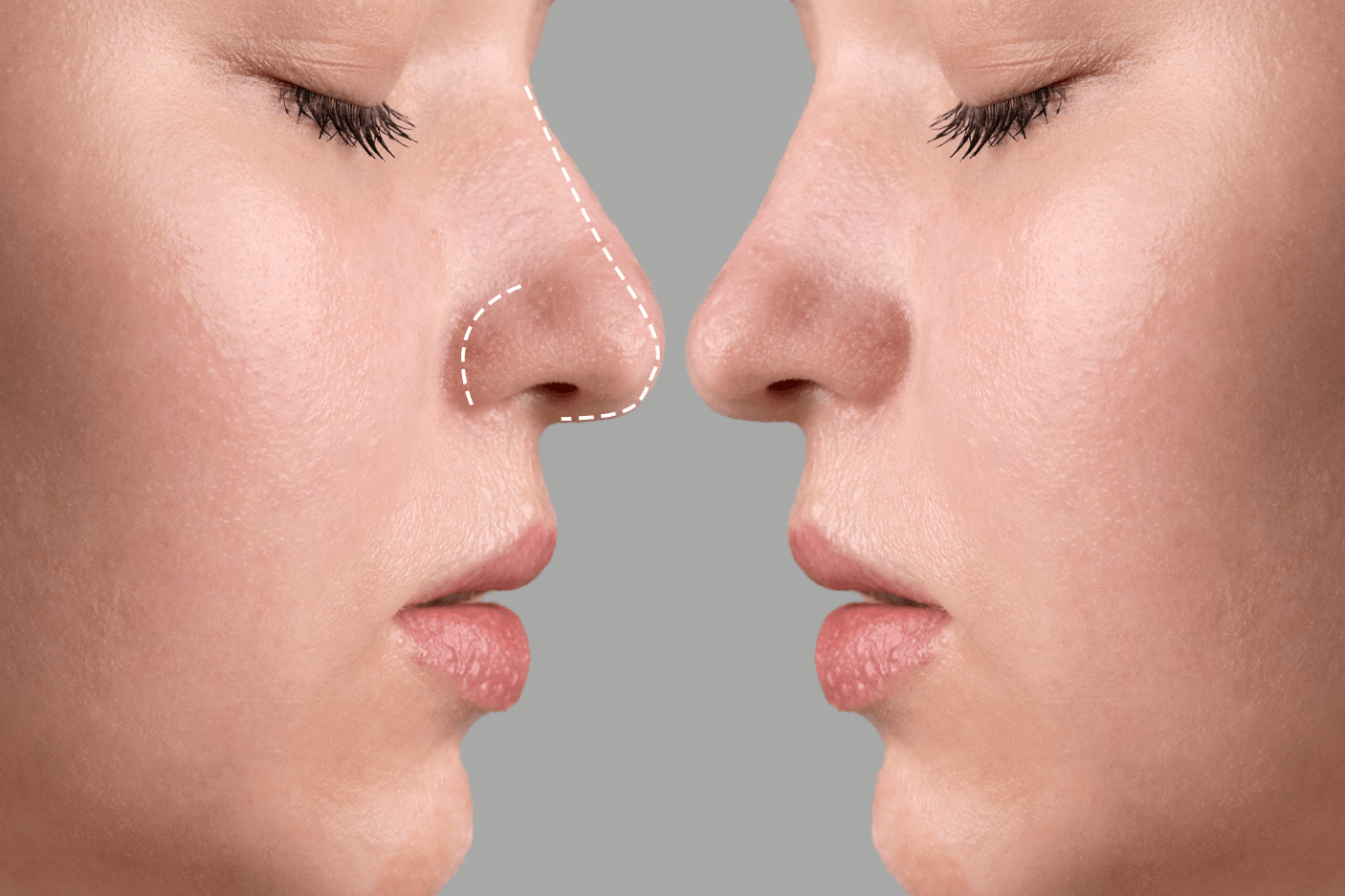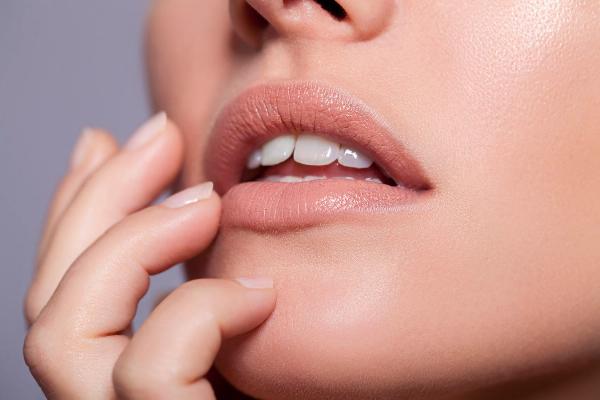Recognizing Gynecomastia in Adolescents

Gynecomastia is a condition characterized by the enlargement of breast tissue in boys or male teenagers. This is not uncommon during puberty and is usually due to changes in hormone levels, particularly an imbalance between estrogen and testosterone. While it can cause concern for adolescents and their families, it is typically a benign and temporary condition.
During puberty, the body undergoes a wide range of changes. Among these is the fluctuation of hormones that can lead to temporary breast tissue development. This tissue growth can appear on one or both sides of the chest and may feel rubbery or firm under the nipple area. Let's delve into Gynecomastia Dubai.
How to Spot the Signs of Gynecomastia
Recognizing the signs early can help provide reassurance to the adolescent experiencing them. The most noticeable sign is a swelling or enlargement of the breast area. This may be accompanied by tenderness or a sensation of tightness.
Other common characteristics include:
A round or disc-like mass under the nipple
Mild discomfort or sensitivity in the breast area
A visibly asymmetrical chest if only one side is affected
It's important to differentiate gynecomastia from other conditions like excess fat in the chest area, which may look similar but doesn't involve glandular tissue.
Emotional Impact on Adolescents
Teenagers are especially sensitive to changes in their appearance, and the development of breast tissue can lead to embarrassment or anxiety. Body image concerns are common, and some adolescents may avoid activities such as swimming or changing in locker rooms.
A supportive environment at home and school plays a vital role in helping adolescents navigate this period. Encouraging open conversation and offering emotional reassurance can make a significant difference. Parents and caregivers should be observant, empathetic, and responsive to any concerns raised.
Puberty and Hormonal Shifts
The teenage years are marked by many physical and emotional transitions. Hormonal fluctuations are completely normal during this stage of life. Gynecomastia is often just one of many signs of these changes.
As hormone levels adjust and the body matures, the condition often resolves on its own without intervention. In most cases, the tissue diminishes within a year or two after its appearance.
Common Misconceptions
It is a myth that only adults can experience gynecomastia. Many people are unaware that it frequently occurs in teenage boys due to natural hormonal changes. Another misconception is that the condition is caused by certain physical activities or habits.
In truth, gynecomastia is a natural response to hormonal shifts. It is not the result of poor health choices or lifestyle. Clarifying these misconceptions can help reduce unnecessary shame or self-blame among adolescents.
Supporting an Adolescent Experiencing Gynecomastia
When a teenager is dealing with visible breast enlargement, reassurance is key. It's essential to approach the subject gently and respectfully. Encouraging healthy self-esteem and maintaining open communication can help build confidence.
Helpful approaches include:
Offering non-judgmental support
Reminding them that this condition is common and often temporary
Encouraging them to express their thoughts and feelings
Having a calm and understanding attitude can help reduce emotional stress and foster a sense of normalcy.
When to Seek Guidance
Though gynecomastia is generally harmless, persistent concerns should be addressed with a trusted adult or advisor. If the swelling continues beyond a couple of years or is accompanied by significant discomfort, seeking further guidance may be appropriate.
Observation and patience are often the best approach in the early stages. Providing reassurance and keeping track of any changes over time can be helpful.
The Difference Between Gynecomastia and Chest Fat
One area of confusion for adolescents and caregivers alike is distinguishing gynecomastia from fat accumulation in the chest. Unlike gynecomastia, which involves glandular tissue, excess fat in the chest area usually appears soft and can be part of overall weight gain.
Gynecomastia in Dubai typically has a firmer or rubbery feel and may be localized around the nipple. Understanding this difference can ease confusion and help in recognizing what is normal and what may need monitoring.
Helping Teens Cope with Body Changes
Adolescents often feel vulnerable as their bodies undergo various changes. Gynecomastia can become a focal point of concern, especially when it affects self-confidence. Acknowledging their feelings and validating their experience is crucial.
Some teens benefit from focusing on other positive aspects of themselves—whether it’s talents, hobbies, or personal goals. Encouraging involvement in supportive peer groups or activities can also help shift focus away from appearance-related worries.
FAQs
What age is gynecomastia most common in adolescents?
Gynecomastia typically occurs between the ages of 12 and 16, during the height of puberty when hormone levels are changing rapidly.
Is gynecomastia permanent in teens?
In most cases, it is not permanent. The majority of adolescent cases resolve on their own within one to two years.
Does gynecomastia hurt?
Some teenagers may experience mild tenderness or sensitivity in the breast area, but it is usually not painful.
Can exercise help reduce gynecomastia?
Exercise can improve overall health and body composition, but it does not directly affect the glandular tissue involved in gynecomastia.
Is it common for one breast to be larger than the other?
Yes, it is quite common for the swelling to appear more prominent on one side. This usually balances out over time.
Should parents be concerned if their teenager has gynecomastia?
In most cases, there is no cause for concern. However, ongoing support and monitoring are important to ensure the adolescent feels supported and heard.
Final Thoughts
Gynecomastia in adolescents is a natural and often temporary part of growing up. Recognizing it early and understanding its connection to puberty can bring a sense of calm and reassurance. The key lies in being supportive, empathetic, and informed.
Every teenager’s body develops at its own pace, and changes like gynecomastia are simply one part of the broader journey through adolescence. Offering compassion, normalizing the experience, and encouraging open conversations can make all the difference in how a young person copes and grows.
Note: IndiBlogHub features both user-submitted and editorial content. We do not verify third-party contributions. Read our Disclaimer and Privacy Policyfor details.







